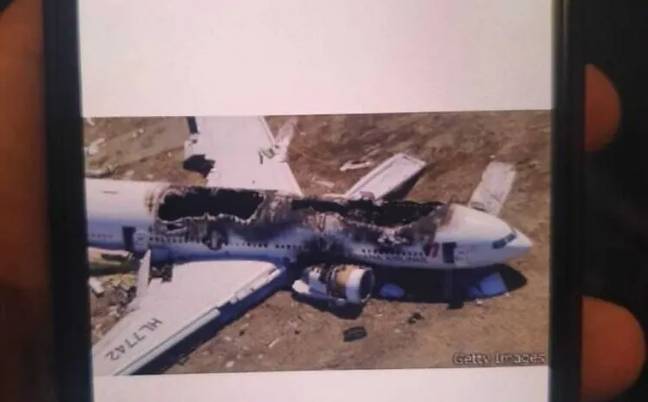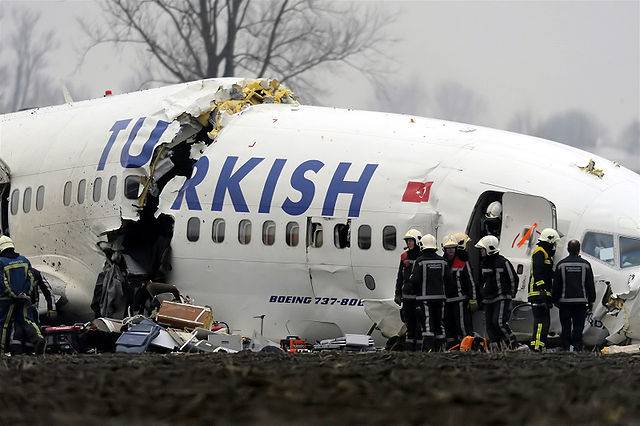ABSTRACT
A State-of-the-Art Review on the Use of Modafinil as A Performance-enhancing Drug in the Context of Military OperationalityModafinil is an eugeroic drug that has been examined to maintain or recover wakefulness, alertness, and cognitive performance when sleep deprived. In a nonmilitary context, the use of modafinil as a nootropic or smart drug, i.e., to improve cognitive performance without being sleep deprived, increases. Although cognitive performance is receiving more explicit attention in a military context, research into the impact of modafinil as a smart drug in function of operationality is lacking. Therefore, the current review aimed at presenting a current state-of-the-art and research agenda on modafinil as a smart drug. Beside the question whether modafinil has an effect or not on cognitive performance, we examined four research questions based on the knowledge on modafinil in sleep-deprived subjects: (1) Is there a difference between the effect of modafinil as a smart drug when administered in repeated doses versus one single dose?; (2) Is the effect of modafinil as a smart drug dose-dependent?; (3) Are there individual-related and/or task-related impact factors?; and (4) What are the reported mental and/or somatic side effects of modafinil as a smart drug?
We conducted a systematic search of the literature in the databases PubMed, Web of Science, and Scopus, using the search terms “Modafinil” and “Cognitive enhance*” in combination with specific terms related to the research questions. The inclusion criteria were studies on healthy human subjects with quantifiable cognitive outcome based on cognitive tasks.
We found no literature on the impact of a repeated intake of modafinil as a smart drug, although, in users, intake occurs on a regular basis. Moreover, although modafinil was initially said to comprise no risk for abuse, there are now indications that modafinil works on the same neurobiological mechanisms as other addictive stimulants. There is also no thorough research into a potential risk for overconfidence, whereas this risk was identified in sleep-deprived subjects. Furthermore, eventual enhancing effects were beneficial only in persons with an initial lower performance level and/or performing more difficult tasks and modafinil has an adverse effect when used under time pressure and may negatively impact physical performance. Finally, time-on-task may interact with the dose taken.
The use of modafinil as a smart drug should be examined in function of different military profiles considering their individual performance level and the task characteristics in terms of cognitive demands, physical demands, and sleep availability. It is not yet clear to what extent an improvement in one component (e.g., cognitive performance) may negatively affect another component (e.g., physical performance). Moreover, potential risks for abuse and overconfidence in both regular and occasional intake should be thoroughly investigated to depict the trade-off between user benefits and unwanted side effects. We identified that there is a current risk to the field, as this trade-off has been deemed acceptable for sleep-deprived subjects (considering the risk of sleep deprivation to performance) but this reasoning cannot and should not be readily transposed to non-sleep-deprived individuals. We thus conclude against the use of modafinil as a cognitive enhancer in military contexts that do not involve sleep deprivation.










